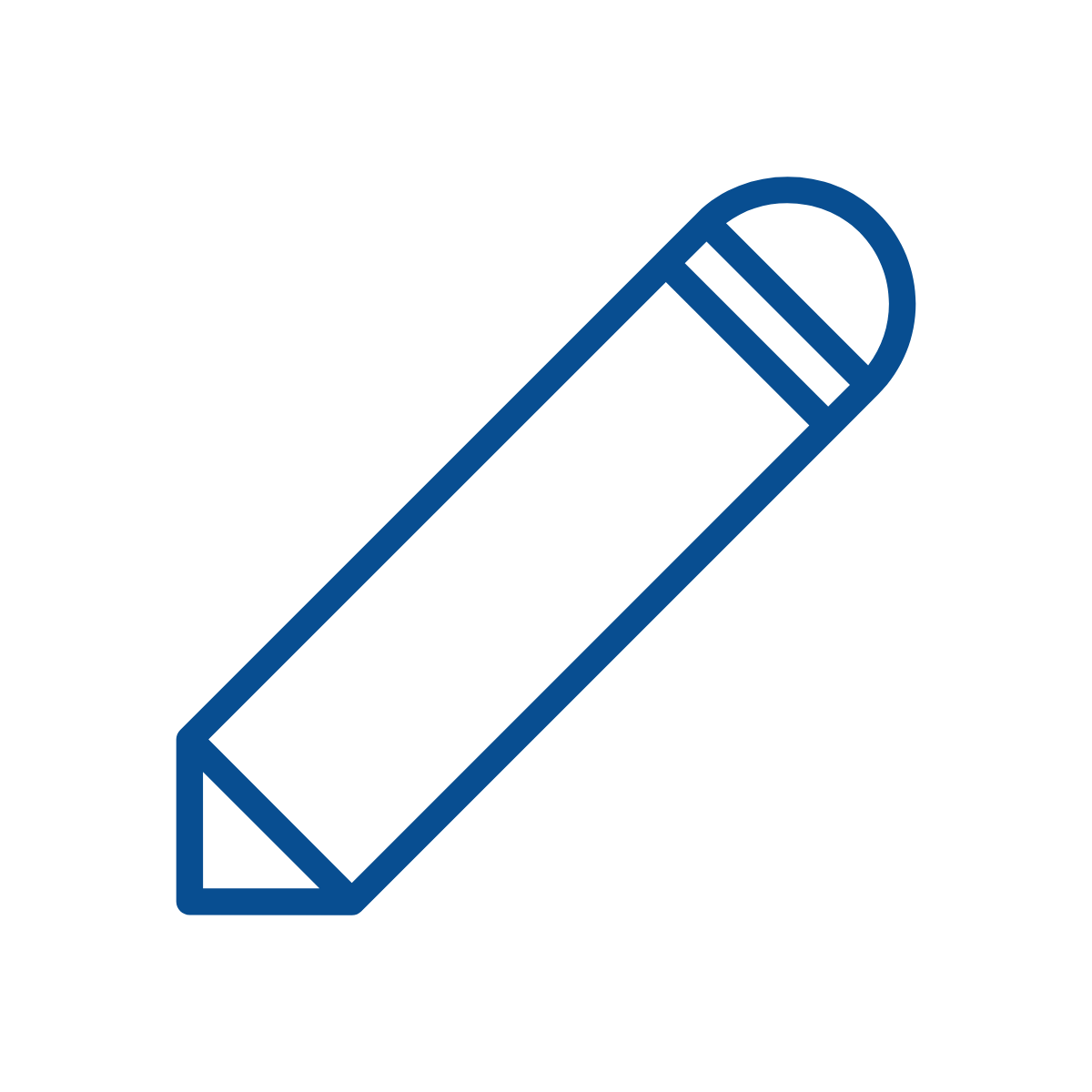Course teacher(s)
Alessia Cuccurullo (Coordinator) and Pierre GERARDECTS credits
5
Language(s) of instruction
english
Course content
The course studies the mechanical behaviour of geotechnical structures and particularly the interactions between the structures and the ground. Four main parts will be addressed:
- The pile and raft foundations with their designs based on laboratory and in-situ test results. Several applications will be considered: single piles, groups of piles, compensated raft foundations. Techniques of ground improvement for geotechnical works are also addressed.
- The retaining structures including the stability analysis and the theory of Rankine’s limit states and its applications: gravity walls, sheetpiles, anchors, slurry walls, etc.
- The slope stability including the plane and rotational surfaces of failure
- Ground dewatering and groundwater control.
Objectives (and/or specific learning outcomes)
At the end of the course, the student will be able to:
- Explain the working principles of the different foundations techniques, and describe the advantages and drawbacks of each of them
- Select the most appropriate foundations technique according to the ground conditions and the type and the level of the loads to bear
- Design the foundations according to the Belgian recommandations
- Describe the different techniques of soil improvement used for geotechnical works
- Quantify the horizontal earth pressures acting on a retaining structure
- Explain the working principles of the different retaining structures solutions
- Select the most appropriate retaining structure according to the ground conditions and the requirements of the building
- Design the retaining structures considering the different mechanisms of stability involved in such structures
- Describe the different mechanisms of instability of soil slopes
- Assess the stability of a soil slope and propose adequate solutions to stabilize it if needed
- Select a dewatering technique according to the ground conditions and the specifications of the construction
- Design the dewatering technique
Teaching methods and learning activities
Theoretical lectures
Exercises sessions, including 1 session on computer for the design of flexible retaining structures
References, bibliography, and recommended reading
Das B.M. (2007). Principles of Foundation Engineering, 6th Edition, Cengage Learning.
Das B.M. (2007b). Principles of Geotechnical Engineering, Thomson edition.
B. François. Soil Mechanics, BA3. ULB.
Course notes
- Université virtuelle
Contribution to the teaching profile
This teaching unit contributes to the following competences:
-
In-depth knowledge and understanding of exact sciences with the specificity of their application to engineering
-
In-depth knowledge and understanding of integrated structural design methods in the framework of a global design strategy
-
Correctly report on research or design results in the form of a technical report or in the form of a scientific paper
-
Present and defend results in a scientifically sound way, using contemporary communication tools, for a national as well as for an international professional or lay audience
-
Design (conceptually and quantitatively) geotechnical structures by applying the fundamental concepts of soil mechanics
Other information
Additional information
The computer session, as well as the seminars with invited speakers (1 or 2 seminars) are compulsory. The titulars may refuse the participation to the oral examination in case of non-justified absence at those sessions.
Contacts
Pierre GERARD is the coordinator of the course. Please contact him in case of questions related to the organization of the course.
Prof. Pierre GERARD, Solbosch campus, Building C, level 4, gerard.pierre@ulb.be
Campus
Solbosch
Evaluation
Method(s) of evaluation
- written examination
- Written report
written examination
Written report
The evaluation includes:
- 1 written report on the computer session (i.e. design of retaining structures)
- 1 written exam, including questions on both the theory (closed books) and the exercises (open books)
Mark calculation method (including weighting of intermediary marks)
The final mark is composed of:
- 1 written report on the computer session (10%)
- 1 written exam on the theory and the exercises (90%)
In case of failure in first session, only the mark corresponding to the written report can be kept for the second session. The written exam has always to be taken in second session.
Language(s) of evaluation
- english
